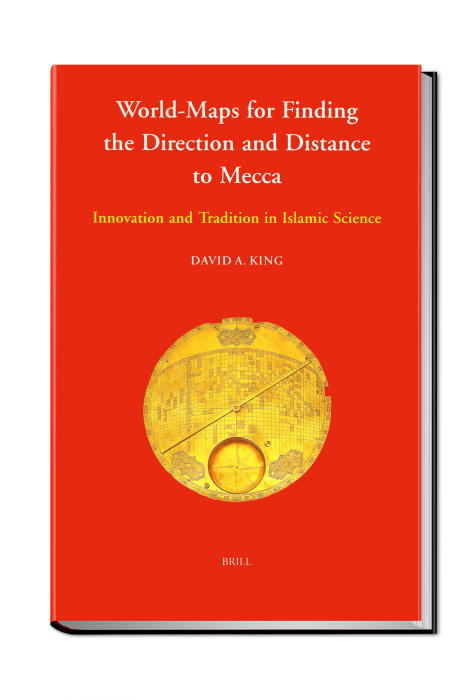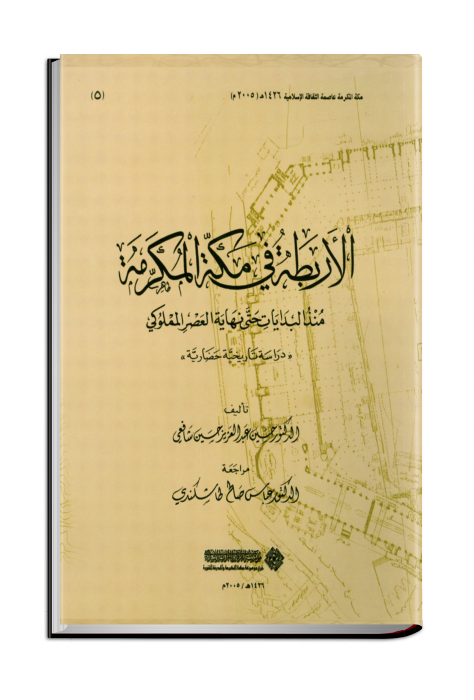World Maps for Finding the Direction and Distance to Mecca: Innovation and Tradition in Islamic Science
With supporting images, this book gives an overview of the methods employed by Muslim scholars throughout history to locate the correct direction of the Holy Shrine of Makkah and the distances to it. The book then describes in detail two world maps discovered in Iran between 1989 and 1995. The author shows that the geographical data used in the maps were drawn from works in Central Asia and date back to the fifteenth century. As for the mathematical data, the author traces them back to Baghdad in the ninth century.
 Shared Knowledge
Shared KnowledgeFoundation work in this area



 Rubats in Makkah from Early Beginning until the Mamluki Period: A Historical and Cultural Study
Rubats in Makkah from Early Beginning until the Mamluki Period: A Historical and Cultural Study Al-Ḥajarah al-Nabawiyyah al-Sharīfah
Al-Ḥajarah al-Nabawiyyah al-Sharīfah